Radiant Season 1 Part 2 Review
The second and concluding part to Series 1 of Radiant has arrived. Adapted from the breakout manfra series of the same name from French creator, Tony Valente, Radiant managed to reach the shores that inspired it and get its own anime adaptation. Now with the first 4 volumes of the source material being adapted to this first season, it’s time to see if Part 2 managed to build upon what Part 1 established and how it affects Radiant’s debut season as a whole.
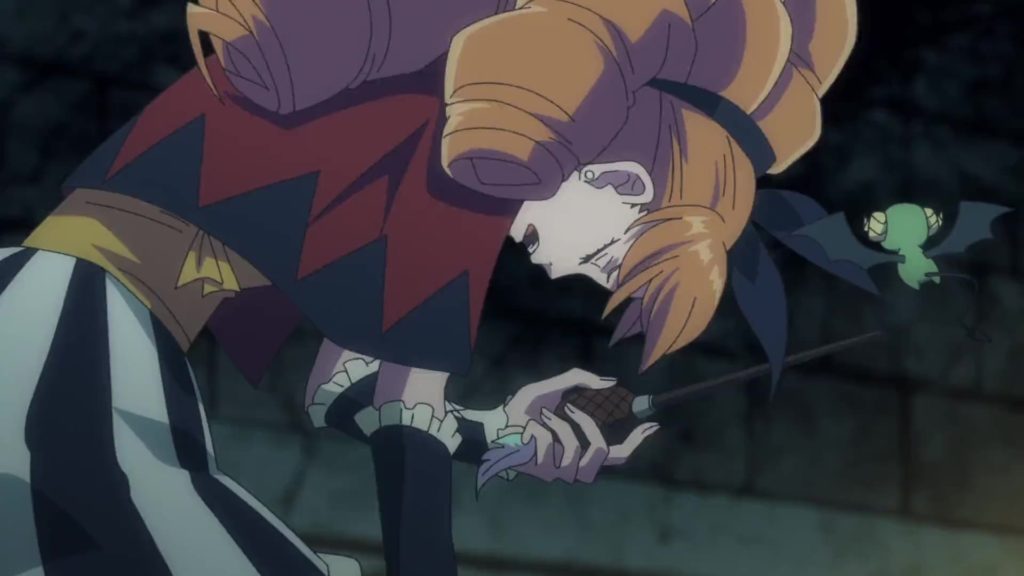
Part 1 laid the foundation for the series. We were introduced to Seth and learned of his quest to bring humanity and his fellow ostracised sorcerers together by finding a mythical place known as Radiant, where monsters called Nemeses supposedly come from. We learn when a human comes into contact with a Nemesis, they are cursed and gain magical powers known as Fantasia, which Seth wields from his contact with one as a child. This mysterious curse leads the rest of society to fear and often hunt those Sorcerers created by it. Leading that hunt is an enemy organisation known as the Inquisition, who are now after Seth and his friends.
All of this was established in the first part, but outside of some minor threats such as a group of sorcerers known as the Bravery Quartet and some small skirmishes with the Inquisition, there was very little that felt significant or really made the series stand out among its shonen peers. Part 1 of the series put all the pieces on the board but we were yet to see any big moves be made, however, Part 2 pleasantly surprises by not only raising the stakes but taking the series in some really interesting directions.
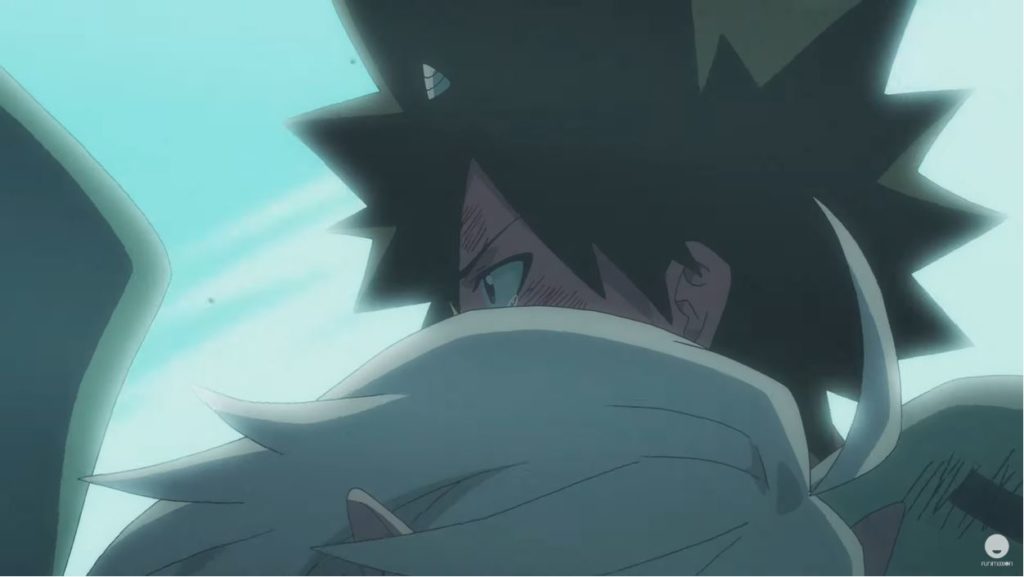
These episodes look at the events transpiring in Rumble Town which are central to the remainder of the series. the effects of which reverberate right through, even after its conclusion. This conflict gives the series focus in terms of larger scale threats but also brings many new levels to the story. On the surface, the direct threat to Seth and his friends is the maniacal Captain Konrad of the Inquisition. He is an over-the-top, Machiavellian villain who monologues his every evil intention. He lacks subtlety, but he is easy to dislike with his straightforward, despicable nature; however, he is only one of many Inquisition members introduced in the second part. We spend a surprisingly large amount of time with the series’ antagonists, each with their own distinct personalities, including a special faction within the Inquisition: a powerful group known as Miracle Makers, or the Thaumaturges. The group is made up of high-ranking members with abilities much like those of the sorcerers but instead of wielding Fantasia, they have powers known as Miracles.
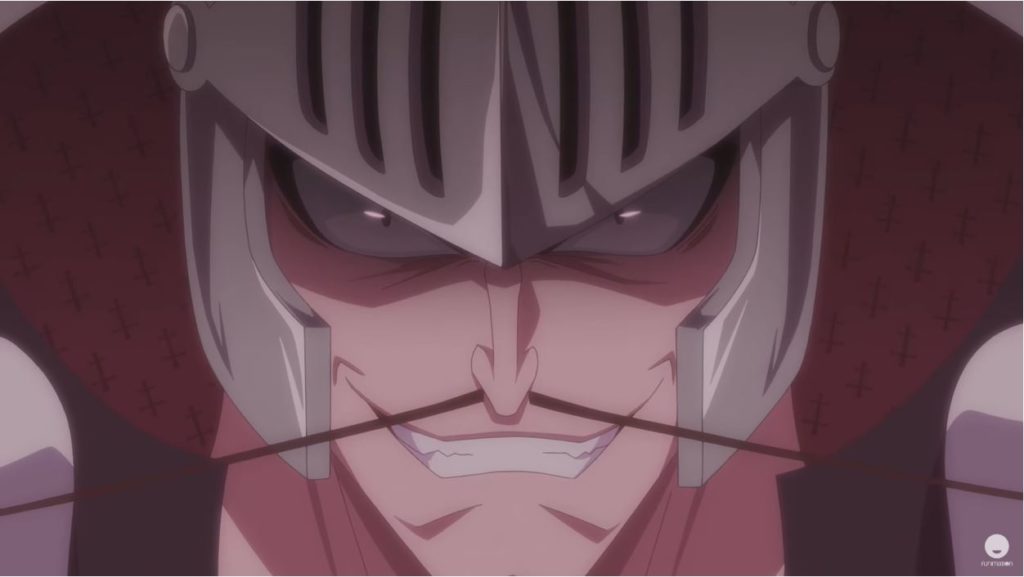
The Inquisition, Thaumaturges, and the mysterious Hameline, all of them provide opposition for Seth and friends but are also fleshed out to be unique characters with their own beliefs and motives. Several of them are not necessarily bad people but just have a different perspective. When we look at the battle between Hameline and Seth, it’s huge in its scale which is fantastic for the spectacle but it evolves into more of a battle of philosophies. The themes of the narrative of Radiant really take centre stage as it progresses, particularly regarding prejudice and discrimination.

The setting of Radiant may be fantasy but the politics and nature of its society can ring frightfully true to our own. It’s on the nose and obviously heightened for dramatic effect, but the fear and paranoia that is directed by the rest of society towards the sorcerers and immigrants in the story has many parallels to the world we live in today. Radiant looks at this through a range of characters with different viewpoints to address it within the context of the series. Seth, in particular, questions his own point of view and the consequences of his actions, which is refreshing in a shonen series where protagonists can often just move from battle to battle with little consequence.
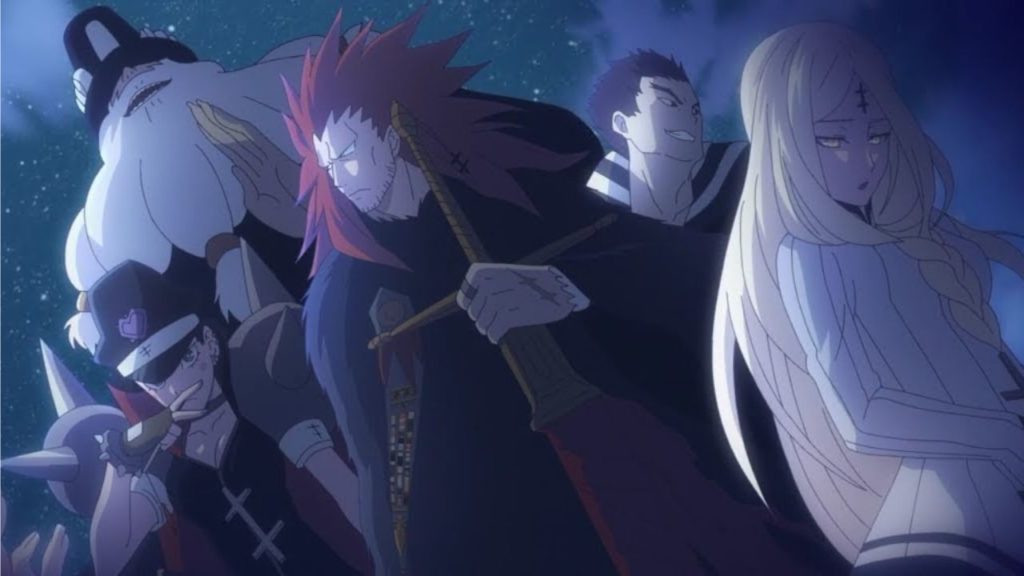
This large rogues’ gallery on display also emphasises the diverse range of character designs Valente has created, now translated to the anime by Studio Lerche. They also seem to be really hitting their stride in terms of the animation. I previously mentioned I was happy to see the vibrant colours of the manfra cover art and early pages translated to the rich colours used in the series, but now having watched further, I have to compliment the series’ consistent and tight line work. It remains crisp and with some large scale, explosive battles taking place in these episodes we get solid battle animation layered with some well done FX for the bombastic magical abilities on show.
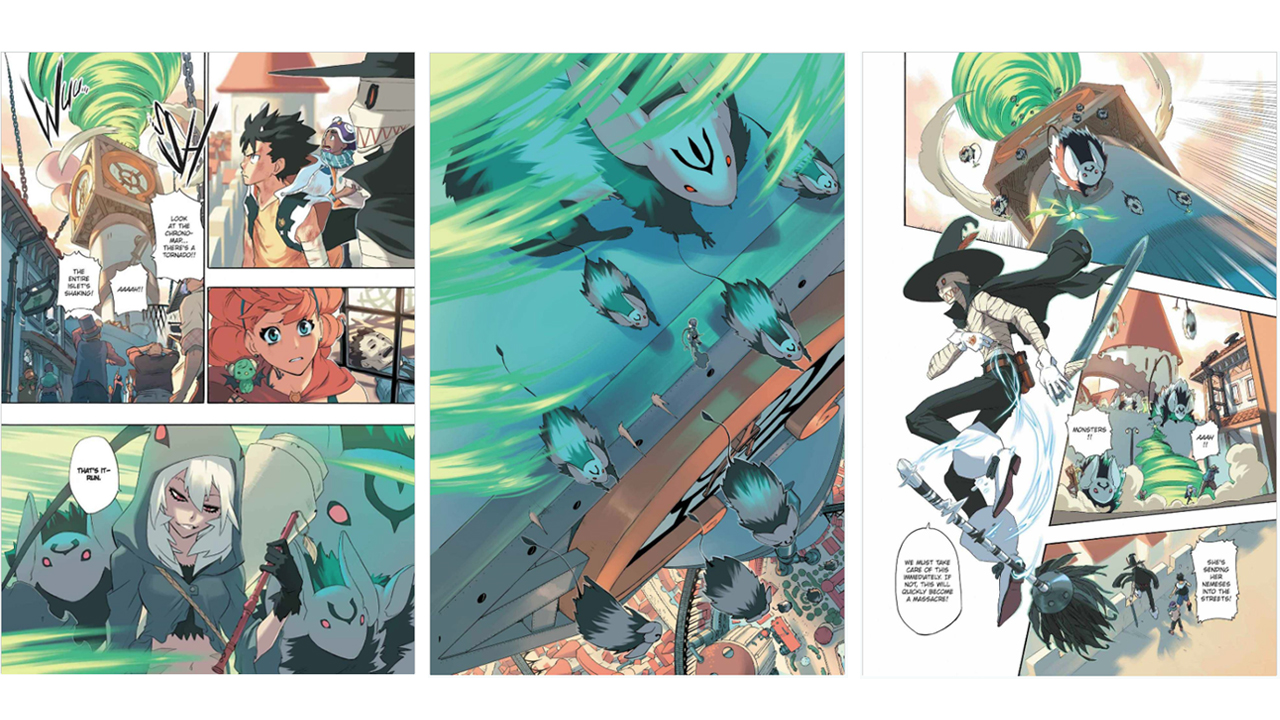
The opening and closing songs of the series remain the same as the first part release (“Utopia” by 04 Limited Sazabys and “Radiant” by Polkadot Stingray) and aside from these, the music of the show itself is excellent and varied.
The music of the series is composed by Masato Kouda, a composer with plenty of experience with the fantasy genre. He has produced music for anime such as Konosuba and Knights & Magic, along with fantasy-based games such as Monster Hunter and Fire Emblem. His music, ranging from simple acoustic guitar tracks to more orchestrated pieces, really re-enforces some of the series’ more impactful moments. Another real stand-out piece of music from the series is “Kimi no Mirai” by Yumi Uchiyama: a piece that accents the most emotional event of the series so far and even continues into the closing credits to really cement its impact.
The voice cast continues to be consistent but I can’t forget to mention the stand-out performances, in particular Katsuki Murase and Patrick Seitz of the Japanese and English versions respectively. They really put everything into the over-the-top and tyrannical Captain Konrad.

Part 2 of Radiant has proved to be a much stronger showing than its predecessor. With some surprising plot developments, a growing number of interesting characters, and some strong themes carrying the narrative, the second season has a great deal of potential to build on.
| RADIANT © ANKAMA by Tony Valente |


